Anal glands are glands in which a liquid with a certain smell is stored. With this liquid, the dog or cat can mark its territory and communicate with other animals. The anal glands are located on the left and right just below the anus. The anal glands can be emptied through a small connection to the anus. This normally happens with the stools, but sometimes it can happen that these are not emptied.
What causes anal gland problems in dogs?
Problems with the anal glands can have various causes, such as:
Diet change: Today's diet consists of components whose stool hardness is too low. As a result, the anal glands do not empty during defecation. Anal glands become overcrowded and may become inflamed as the pressure cannot be relieved.
-
Chronic intestinal problems.
-
Worm infestation.
What are the symptoms of anal gland problems?
When the anal glands are overfilled, it causes itching in the dog. He can then prevent the dog from rubbing the ground with his buttocks, we also speak of a sled. It can also happen that dogs bite and lick around the tail and the anus.
In addition, the area around the anus is painful and sensitive for the dog. In case of infection of the broken anal gland, an open wound is created under the anus.
When should I go to the vet?
When a dog has pain in their anal glands, they may end up emptying with the stool. Often the symptoms go away. If the symptoms persist for a few days, it is wise to go to the vet. Even if the problems occur more often, you can make an appointment with the veterinarian to have the glands flushed.
How is the diagnosis made?
A diagnosis is established on the basis of an interview between the veterinarian and the owner. Normally, an anal gland is the size of a pea and is difficult to feel. However, an overfilled anal gland can be felt under the skin.
Usually the anal glands are squeezed, and the animal will not be bothered by them in the near future. The veterinarian can explain to the owner how to do it himself.
How is the treatment?
With a chronically overfull anal gland, the anal gland is squeezed empty and rinsed with a solution of hibiscrub. If this does not work, a topical ointment with antibiotics is given. In the worst case, the anal glands are surgically removed to eliminate the problem. However, there are some risks associated with this operation. When the sphincter is damaged during surgery, it can prevent the dog from holding stool.
In addition to treating it, it is important to find the cause of the overfill to avoid this problem next time.
How to prevent anal gland problems in dogs?
One dog is more predisposed to it than the other, so it is difficult to prevent this problem. Due to diet change, this has become a growing problem over the years. It is important that the dog receives food rich in fiber. Due to the presence of fiber in the diet, the stools become harder and the liquid is more easily absorbed during defecation.
Preventively squeezing the anal sacs yourself is not recommended. The compression can stimulate the production of secretions from the anal gland, which can cause irritation and inflammation of the anal sac.
This text was translated by a translation machine
 Horse Pharmacy
Horse Pharmacy Rugs
Rugs Care
Care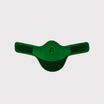 Saddle and Attachments
Saddle and Attachments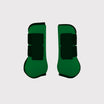 Leg Protection
Leg Protection Bridles
Bridles Feed
Feed Fly Masks
Fly Masks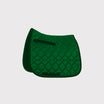 Saddle Pads
Saddle Pads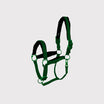 Headcollars and Ropes
Headcollars and Ropes Bits
Bits Other Disciplines
Other Disciplines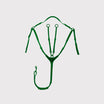 Reins and Auxiliary Reins
Reins and Auxiliary Reins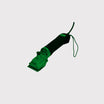 Clipping
Clipping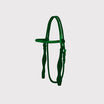 Western
Western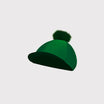 Eventing
Eventing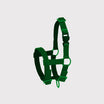 Foals
Foals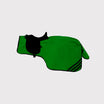 Reflection
Reflection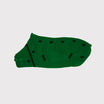 Therapy Products
Therapy Products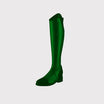 Boots and Shoes
Boots and Shoes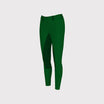 Breeches and Belts
Breeches and Belts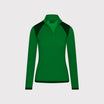 Tops
Tops Safety
Safety Competition
Competition Heated Clothing
Heated Clothing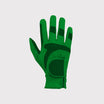 Gloves
Gloves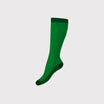 Socks
Socks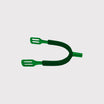 Spurs and Attachments
Spurs and Attachments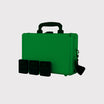 Technology
Technology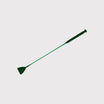 Whips
Whips Gifts
Gifts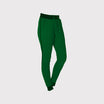 Casual Wear
Casual Wear Underwear
Underwear Rider Pharmacy
Rider Pharmacy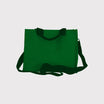 Bags
Bags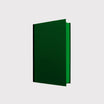 Books
Books Laundry supplies
Laundry supplies Jewelry
Jewelry Feed and Waterbowls
Feed and Waterbowls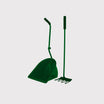 Equipment
Equipment Tack Room
Tack Room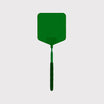 Pest Control
Pest Control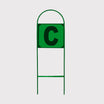 Arena
Arena Horse Toys
Horse Toys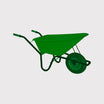 Wheelbarrows
Wheelbarrows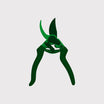 Yard
Yard Surveillance
Surveillance Disinfect
Disinfect Washing Area
Washing Area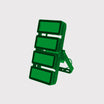 Lighting
Lighting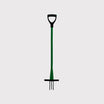 Horse Pasture
Horse Pasture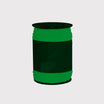 Current Conductors
Current Conductors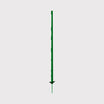 Pole
Pole Insulators
Insulators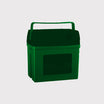 Energisers
Energisers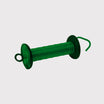 Gate Handles
Gate Handles Batteries and Accumulator
Batteries and Accumulator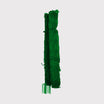 Nets
Nets Grounding
Grounding Tools
Tools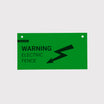 Fencing Security
Fencing Security Wolf Defense
Wolf Defense Fencing Sets
Fencing Sets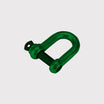 Fence locks
Fence locks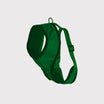 Dogs
Dogs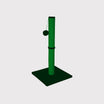 Cats
Cats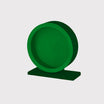 Rodents
Rodents Dogs Pharmacy
Dogs Pharmacy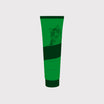 Cats Pharmacy
Cats Pharmacy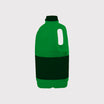 Rodents Pharmacy
Rodents Pharmacy Cattle Pharmacy
Cattle Pharmacy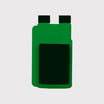 Poultry Pharmacy
Poultry Pharmacy Veterinary Supplies
Veterinary Supplies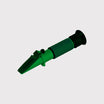 Cattle
Cattle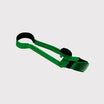 Sheep and Goats
Sheep and Goats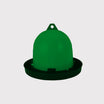 Poultry
Poultry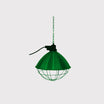 Heat Lamps
Heat Lamps Calves
Calves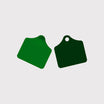 Marking
Marking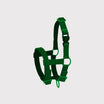 Halters
Halters